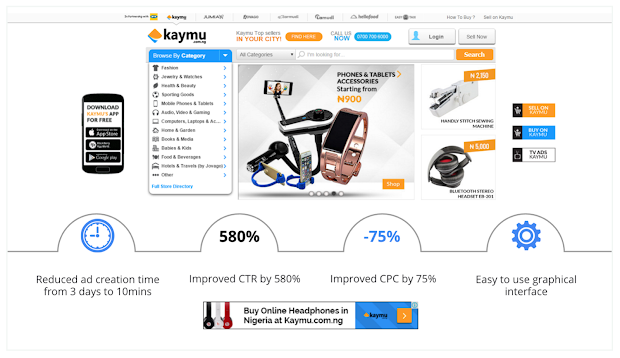Did you know that 52% of all apps lose at least half of their most valuable users after three months?1 In this environment, how can you ensure your app effectively attracts, engages, and retains users?
Yesterday, we kicked off our mobile bootcamp to help get your app in shape for increased traffic and monetization opportunities during the holiday season. Building on mobile expert Cheney Tsai’s recommendations for growing your app’s audience, Jason Rosenblum, Mobile Solutions Consultant at Google, shares tips for effectively engaging users.
- Optimize your on-boarding experience: The first-run of your app is critical in selling its value and utility. Jason suggests using A/B testing to experiment with different features, such as adding an app tutorial or custom discount code.
- Measure user engagement and understand how it connects to your business: Knowing whether, when, and how frequently users return to your site allows you to strategically send notifications, identify pain points, and launch features. Cohort analysis indicates patterns in user behavior by aligning all metrics by the different days of user experience, regardless of the specific day a user starts using your app.
While Google Analytics offers standard measurement options -- average session duration, active users, loyalty, recency, audience overview -- consider the nature of your business to pinpoint significant custom metrics. Jason explains, "You need your analytics to make sense for your business. For example, if you're running a hotel booking site, you want to know the number of hotel searches being run and the number of hotel rooms being booked. Customize your analytics for your business so you can drive the right KPIs." - Remind users of your app’s value: 34% of app abandonment is fueled by a loss of interest, so create rich, contextual notifications like latest news, weather, or reminders to re-engage and increase your daily/monthly users. Google Cloud Messaging, for example, allows you to implement and manage notifications across Android and iOS. Jason advises using rich notifications to add quick actions, such as the ability to Archive an email via gMail notifications, and allowing users to control whether and how often they receive notifications.
The total time spent in apps per smartphone user is increasing, yet the total number of apps used has not changed. Users, therefore, are consolidating their time in certain favored apps. Incorporate Jason’s recommendations to keep your users engaged and come back tomorrow to hear from Dev Gogate, Mobile Solutions Consulting Manager at Google, to maximize your app quality.

| Posted by Danielle Landress Associate Product Marketing Manager, Publisher Marketing |





